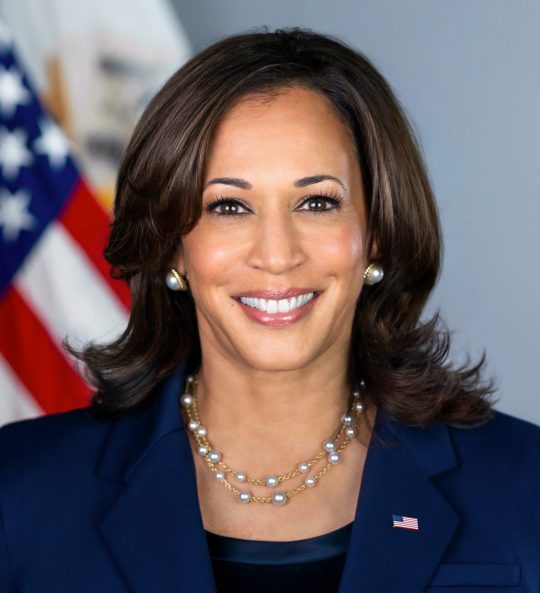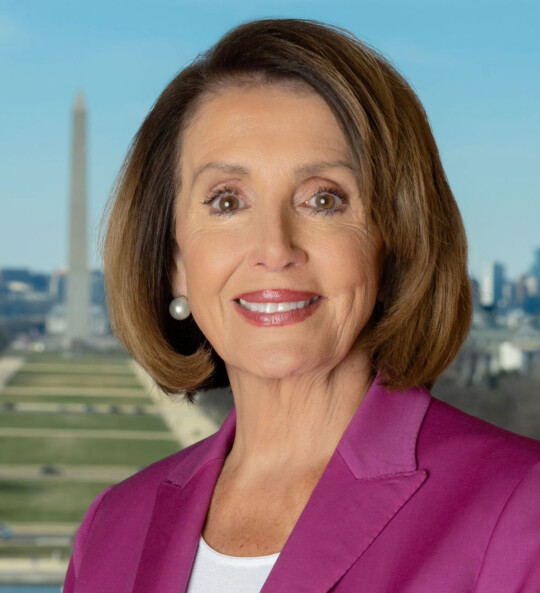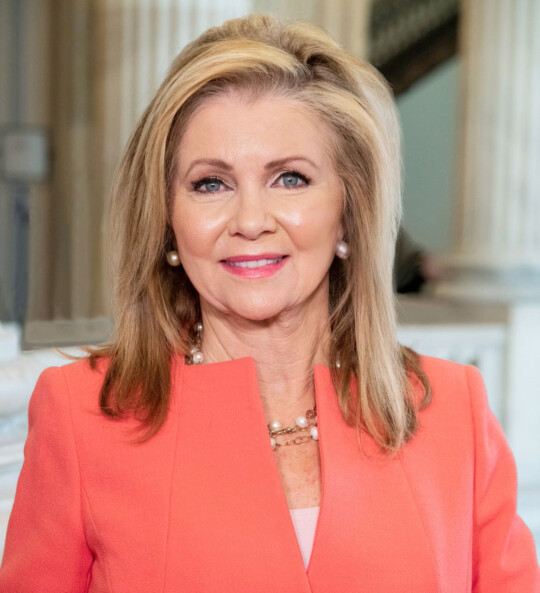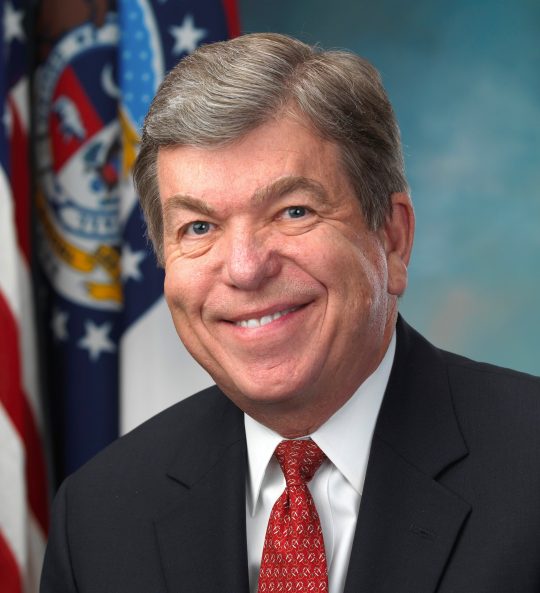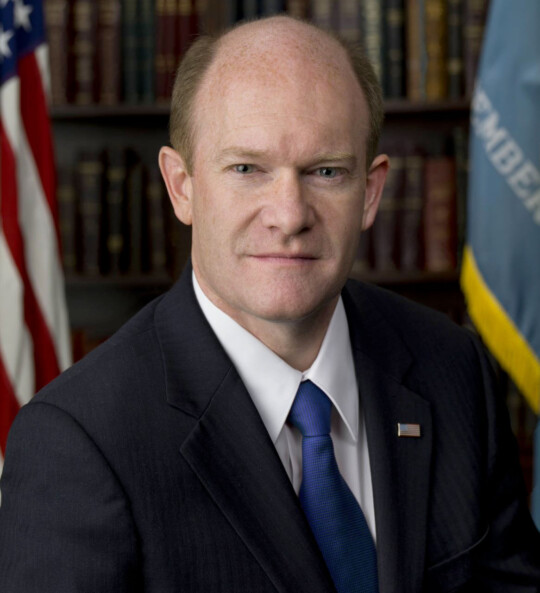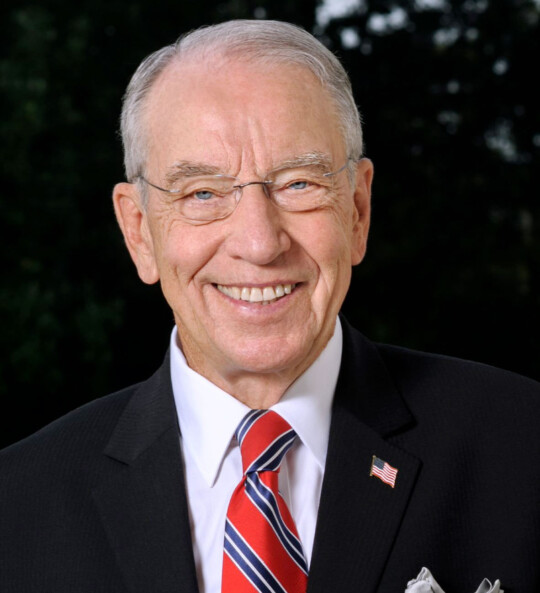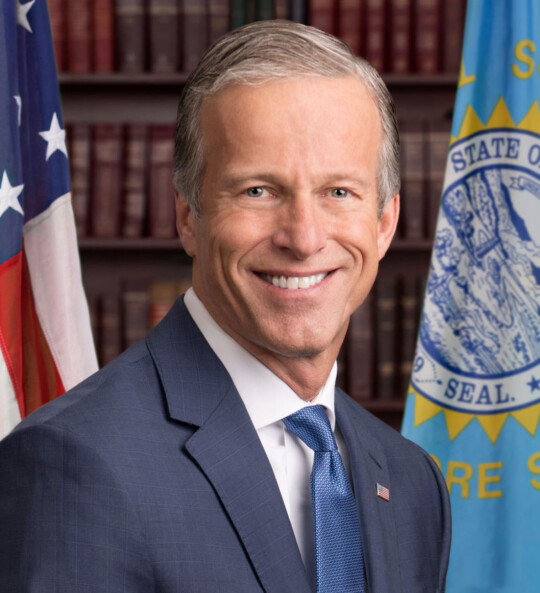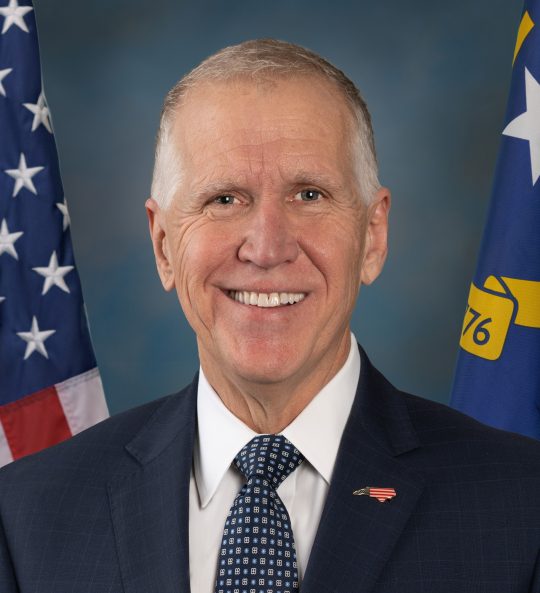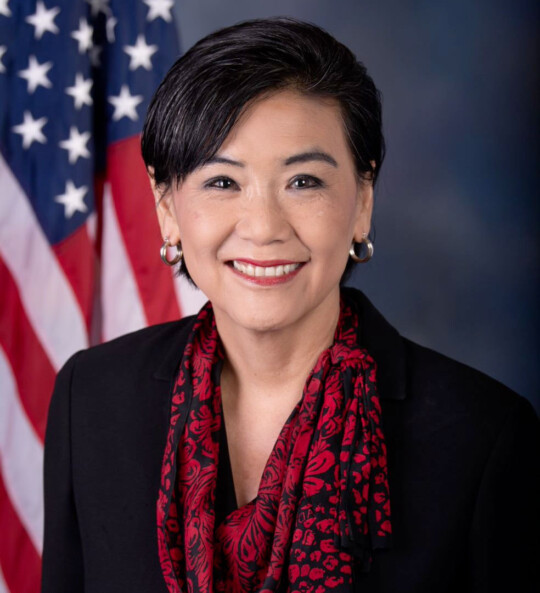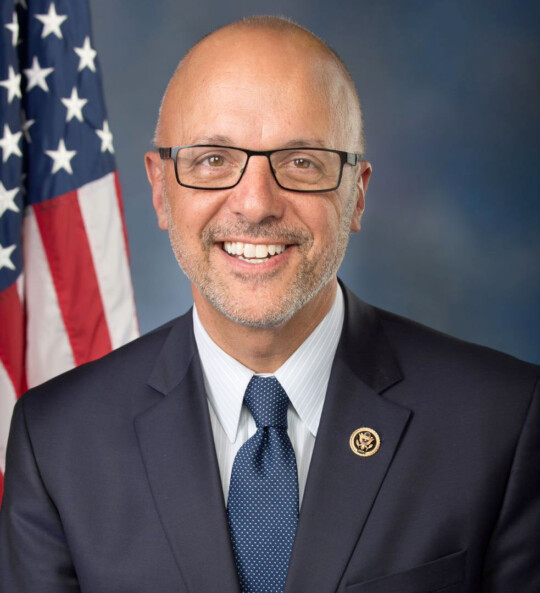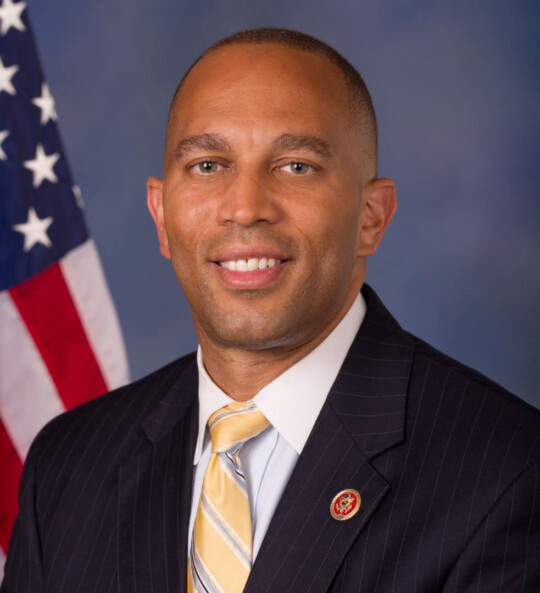
years of creativity
1922
The Motion Picture Producers and Distributors of America was founded.
The Motion Picture Producers and Distributors of America was founded and led by William H. Hays. A regulatory system, known as the Hays Code, was soon developed to ensure the absence of “offensive material” and prevent government interference in filmmaking.
1945
The association rebranded as the MPAA and a global headquarters in Washington, D.C. was established.
The association rebranded as the Motion Picture Association of America (MPAA). During the same year, the association purchased the Tuckerman House from the Library of Congress and Smithsonian at 1600 Eye Street NW in Washington, D.C. – just steps from the White House.
1968
The modern film ratings system was created.
MPAA Chairman Jack Valenti replaced the Hays Code and the earlier moral censorship guidelines with a voluntary film rating system focused on informing parents about the level of content in films.
1976
The Copyright Act of 1976 was passed.
Congress passed and President Ford signed into law the Copyright Act of 1976, which forms the basis of modern U.S. copyright law.
1984
The PG-13 film rating was introduced.
The Classification and Rating Administration (CARA) added a PG-13 film rating that recognized the middle ground between the PG and R ratings resulting from innovative special effects and other aspects of blockbuster movies with broad audience appeal.
1998
The Digital Millennium Copyright Act was passed.
In 1998, Congress passed and President Clinton signed into law the Digital Millennium Copyright Act (DMCA).
2002
The movie-musical Chicago attracts attention… for its filming location.
The movie-musical Chicago was released in 2002 and would later go on to win the Academy Award for Best Picture — but Mayor Richard M. Daley took issue with the filming location, which was not in Chicago, but in Canada. This set the stage for production incentive programs to be created in states throughout America.
2012
The association’s diversity, equity, and inclusion program was founded.
The Motion Picture Association founded its diversity, equity, and inclusion program in 2012, which works to establish programs and new partnerships that promote a diverse talent pipeline, both in front of and behind the camera.
2012
The U.S.-China film agreement was reached.
In 2012, then-Vice President Joe Biden announced an agreement between the United States and China that resulted in a larger number of American films being allowed into China.
2017
The Alliance for Creativity and Entertainment (ACE) was formed.
In 2017, the MPA formed the Alliance for Creativity and Entertainment (ACE), which has since grown into the leading, global coalition dedicated to reducing digital piracy and protecting the legal ecosystem for creative content.
2019
The association unified global operations under one brand: the Motion Picture Association.
Since 1922, the association has worked around the world to advocate on behalf of the motion picture industry. However, each global region used different logos, names, and branding. In 2019, under the leadership of Chairman and CEO Charles Rivkin, the association unified its global brand as the Motion Picture Association.
2022
The association celebrates its 100th anniversary.
One hundred years after its founding, the Motion Picture Association remains the global voice of and advocate for the motion picture industry, including film, television, and streaming content. The last century can be marked by creativity driving us into the next 100 years of innovation.
CHAIRMAN'S
LETTER
As Chairman and CEO of the Motion Picture Association, I’m delighted to welcome you to our website commemorating 100 years as the global voice and advocate for one of the most technologically innovative, culturally influential, and economically impactful industries in the world. As befits a retrospective of this scale, we also direct our focus to the next century – and the challenges and opportunities ahead.
It has been a truly remarkable century, both for the MPA and the industry we represent. As this website shares below in words, numbers, illustrations, and interactive features, we have …
- Remained a robust economic driver of jobs around the world, directly and indirectly, and a powerful contributor to our nation’s GDP.
- Achieved numerous policy and legal victories in every corner of the world in support of creators, creative rights, and freedom of expression.
- Expanded and accelerated our efforts to address diversity, gender parity, authentic cultural representation, and pipeline recruitment opportunities in our industry.
- Provided consumers with impartial assessments of the content of our movies and television through our Ratings System, and in doing so, also protected films from government censorship.
- Convened the largest global coalition of entertainment companies in partnership with law enforcement authorities, and other partners to create the world’s leading organization dedicated to reducing digital piracy and protecting the legal ecosystem for creative content.
- Last but certainly not least, continued to enlighten, entertain, and inspire audiences here and around the world.
When we launched in 1922 as the Motion Picture Producers and Distributors of America, it was the heyday of plush movie palaces with names like the Roxy and the Rialto. In 1945, when we rebranded as the Motion Picture Association of America, the world was recovering from the devastation of war, and America was embarking on a remarkable period of economic growth. By 2019, as we drew close to our own century mark, we recognized the global reach and impact of our industry and our mission, and we updated our name to the Motion Picture Association.
I am always struck with wonder at how resilient and innovative our industry has been throughout some of the most tumultuous political, economic, and cultural upheavals our country and the world have ever
seen. We hope you will explore and enjoy this celebratory look back and gaze forward, and join us in celebrating the many milestones of this incredible journey that, in our estimation, has really only just begun.
Sincerely,
Charles H. Rivkin
Chairman's Letter
from Charlie Rivkin, Chairman & CEO of the Motion Picture Association
I’m delighted to welcome you to our website commemorating 100 years as the global voice and advocate for one of the most technologically innovative, culturally influential, and economically impactful industries in the world.
As befits a retrospective of this scale, we also direct our focus to the next century – and the challenges and opportunities ahead.

In Their Own Words
Leaders who have worked closely with the Motion Picture Association over the years share personal tributes and thoughts about the value of the industry as a driver of economic growth and cultural change.
By the numbers
Industry Impact
The impact of the motion picture industry has evolved considerably over the past century.
See some of the ways the industry has grown in size and in its contributions to economic growth.
(figures in this section reflect U.S. data unless specified otherwise)
COMING TO A THEATER NEAR YOU
In 1971, there were 14,055 theater screens in the United States.
As of 2020, there are 40,998 screens in the U.S.
CREATING JOBS
The motion picture industry has supported millions of jobs over the last century, including jobs created as a result of indirect support from the industry.
LIGHTS, CAMERA, ACTION!
In 1946, 400 films were released domestically in the United States. That grew to 987 films in 2019.
VALUE ADDED
The motion picture industry has contributed to U.S. GDP since its inception. In 1963, the industry added $3 billion to the country’s GDP. That grew to a peak of $94.3 billion in 2017 and was $70.1 billion in 2020 during the pandemic.
BOX OFFICE
The year-end box office for all films released in the United States and Canada was $1.69 billion in 1946. Prior to the pandemic, it reached a peak of $11.89 billion in 2018, not adjusted for inflation.
In the News
Variety
MPA CEO on Dealing with China, Pandemic Headaches, and State Incentives and Boycotts
Charles Rivkin has been at the forefront of the film business’s legislative battles over everything from tax incentives to pandemic insurance.
Variety
MPA Content-Protection Wing’s War Against Piracy: ‘We Will Find You and Shut Down Your Servers’
At any moment, upward of 100 MPA investigators are on the hunt for pirates, working to ensure artists’ rights are protected globally.
Variety
How ‘Chicago’ and the MPA Brought Productions Back to the U.S.
The 2002 film ‘Chicago’ helped shine a light on reasons why major motion pictures choose where to film.
Variety
MPA Senior Leaders on Evolving With the Industry and Audiences: ‘We Can Never Get Stuck in the Past’
MPA Chairman & CEO Charles Rivkin says a vital aspect of building senior leadership is finding people who have diverse perspectives and approaches to problem-solving.
Variety
MPA Executive on His Journey to Diversify Hollywood: ‘You Have to Do the Transformative Work’
Since the MPA created its DE&I program, John Gibson has worked to enhance diversity behind and in front of the camera.
Variety
MPA’s Data-Research Team Has Collected Stats for Nearly a Century
The MPA offers crucial data on industry topics such as marketplace conditions, industry trends, and anti-piracy issues.
